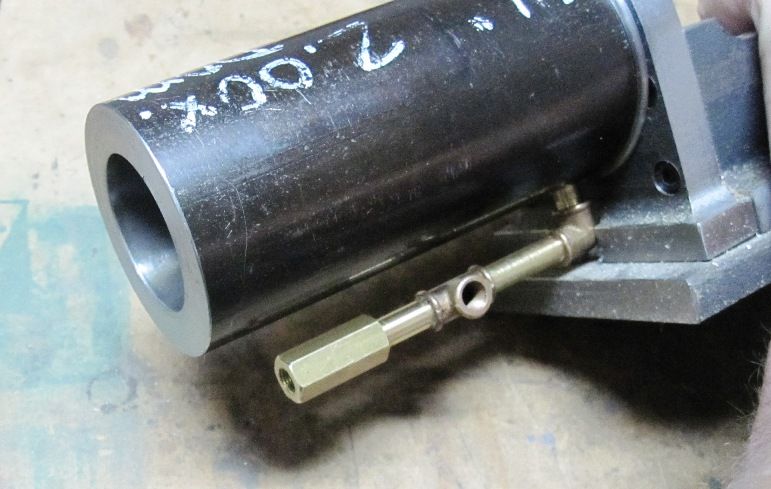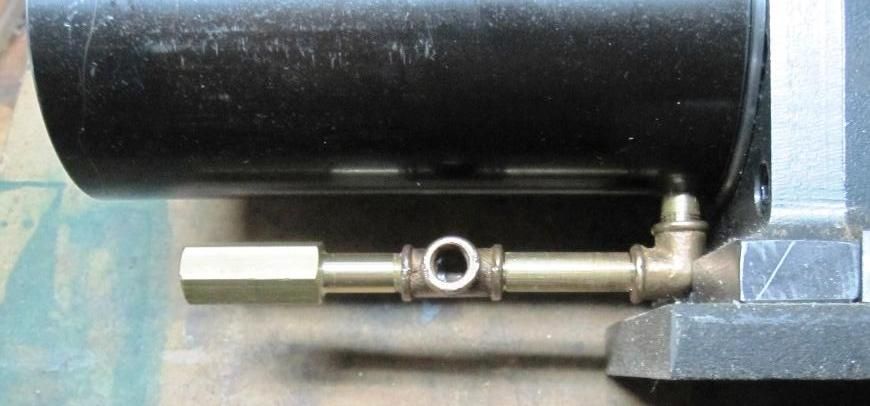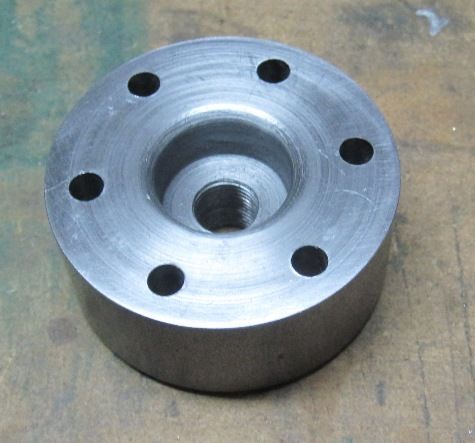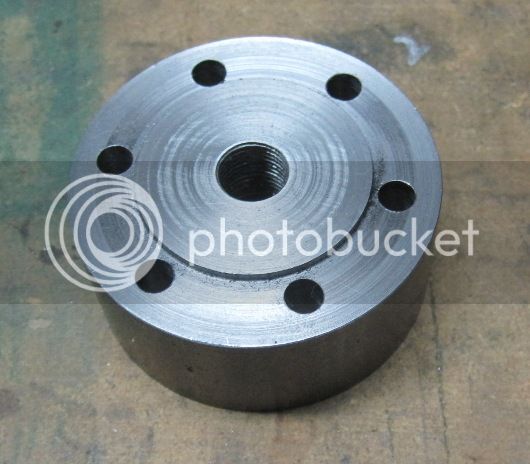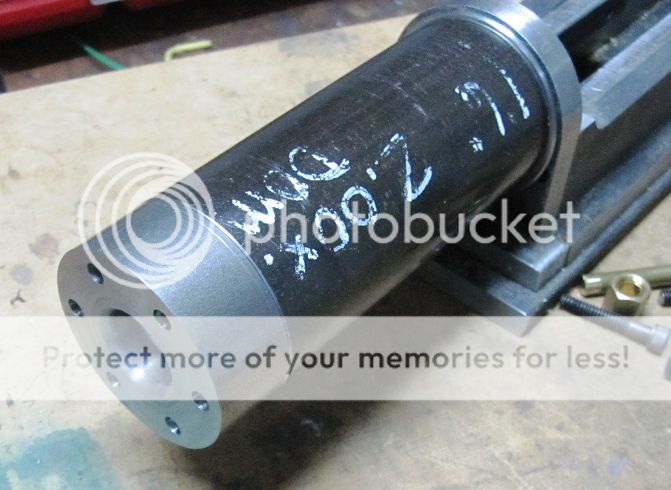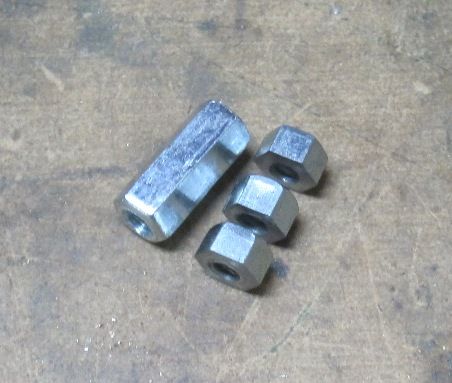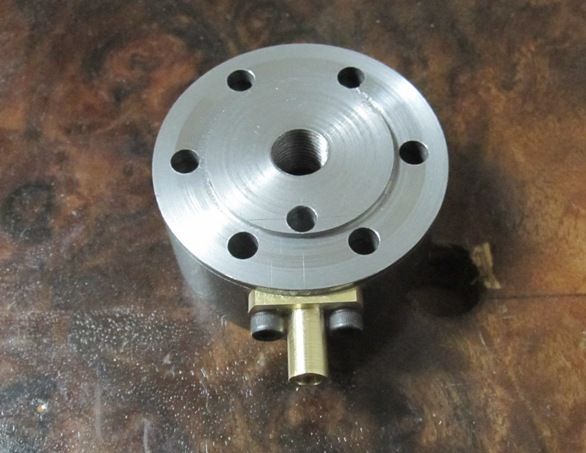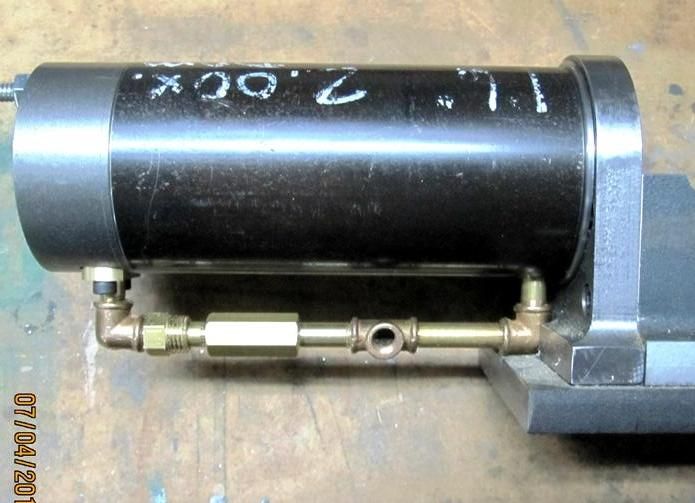- Joined
- Aug 25, 2007
- Messages
- 3,890
- Reaction score
- 715
Hi Chuck
Been looking at this
have I got the timing right it's a sort of two stroke but uses the lower half of the cylinder as a compression chamber rather than the whole crankcase ?
Yes, the back half of the cylinder pulls in the fuel mixture on the upward stroke of the piston, then compresses it and pushes it into the upper part of the cylinder toward the end of the power stroke. All the original two stroke engines like his had a transfer port from the bottom of the cylinder into the middle of the cylinder where the piston would uncover it near the bottom of the power stroke.
I'm using a little bit different arrangement designed by Jan Ridders where the fuel mixture is admitted through the cylinder head. Admission to the top of the cylinder is controlled by ball check valves and a pressure drop in the top half of the cylinder when the exhaust port is uncovered.
Chuck








